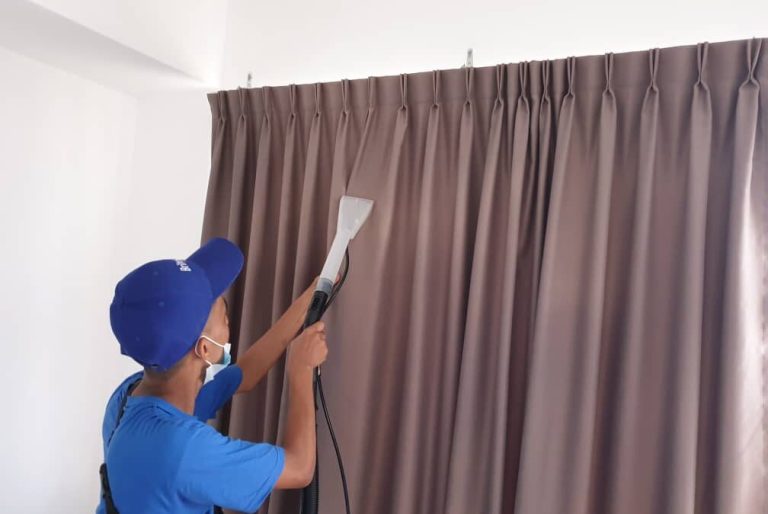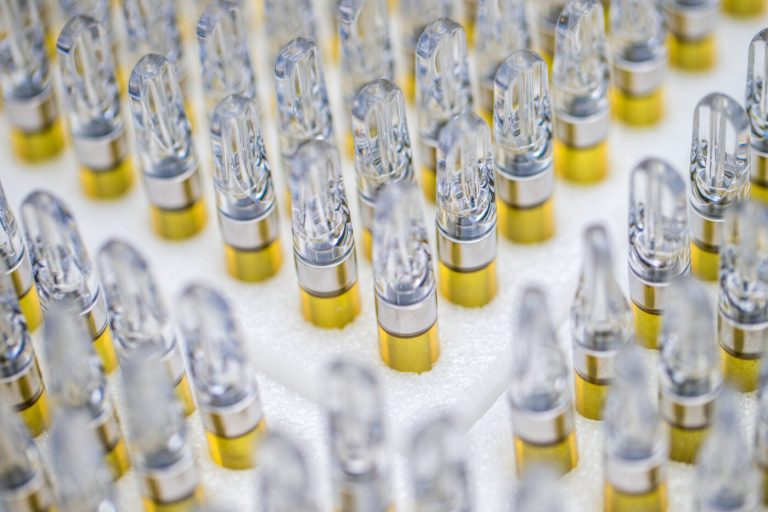Abstract:
This study aims to assess the accuracy and reliability of lie detector test results, specifically focusing on the commonly used polygraph test. The polygraph test has been widely used in various settings, including law enforcement, pre-employment screenings, and criminal investigations. However, its validity and effectiveness have been a subject of debate and controversy. This study investigates the scientific evidence supporting the accuracy of polygraph test results and explores potential factors that may influence its reliability.
Introduction:
accurate lie detector test, particularly the polygraph test, have been employed for decades as a tool to detect deception by measuring physiological responses such as heart rate, blood pressure, respiration, and skin conductance. Despite its widespread use, critics argue that the polygraph is not a reliable indicator of truthfulness and can be influenced by various factors, such as stress, anxiety, and the examiner’s interpretation.
Methodology:
- Literature Review: A comprehensive review of existing literature on lie detector tests, polygraph studies, and their accuracy was conducted.
- Data Collection: Data from relevant studies evaluating the accuracy of the polygraph in different settings, including real-life scenarios and controlled laboratory experiments, were collected.
- Study Participants: The study included data from both deceptive and non-deceptive participants to assess the polygraph’s ability to distinguish between truth and deception accurately.
Results:

- Accuracy of Polygraph: The results showed that the polygraph test’s overall accuracy in detecting deception varies widely depending on the study and the specific context. Some studies reported relatively high accuracy rates, while others showed more modest results.
- False Positives and False Negatives: The polygraph test is prone to false positives, indicating deception when the subject is truthful, and false negatives, failing to detect deception when the subject is lying.
- Influence of External Factors: External factors, such as the examiner’s bias, the subject’s emotional state, and the setting of the test, can significantly impact the polygraph’s reliability and accuracy.
Discussion:
The findings of this study suggest that while the polygraph test may yield accurate results in some instances, its overall reliability remains questionable. The influence of external factors and the risk of false positives and false negatives raise concerns about its suitability for critical applications, such as in legal proceedings or high-stakes investigations.
Conclusion:
The accurate lie detector test results, particularly the polygraph, continue to be a subject of debate and scrutiny in the scientific community. While the polygraph may have some utility in certain settings, its limitations and susceptibility to external factors warrant caution in relying solely on its results for making crucial decisions. More research is needed to develop and validate more robust and reliable methods of detecting deception.

















